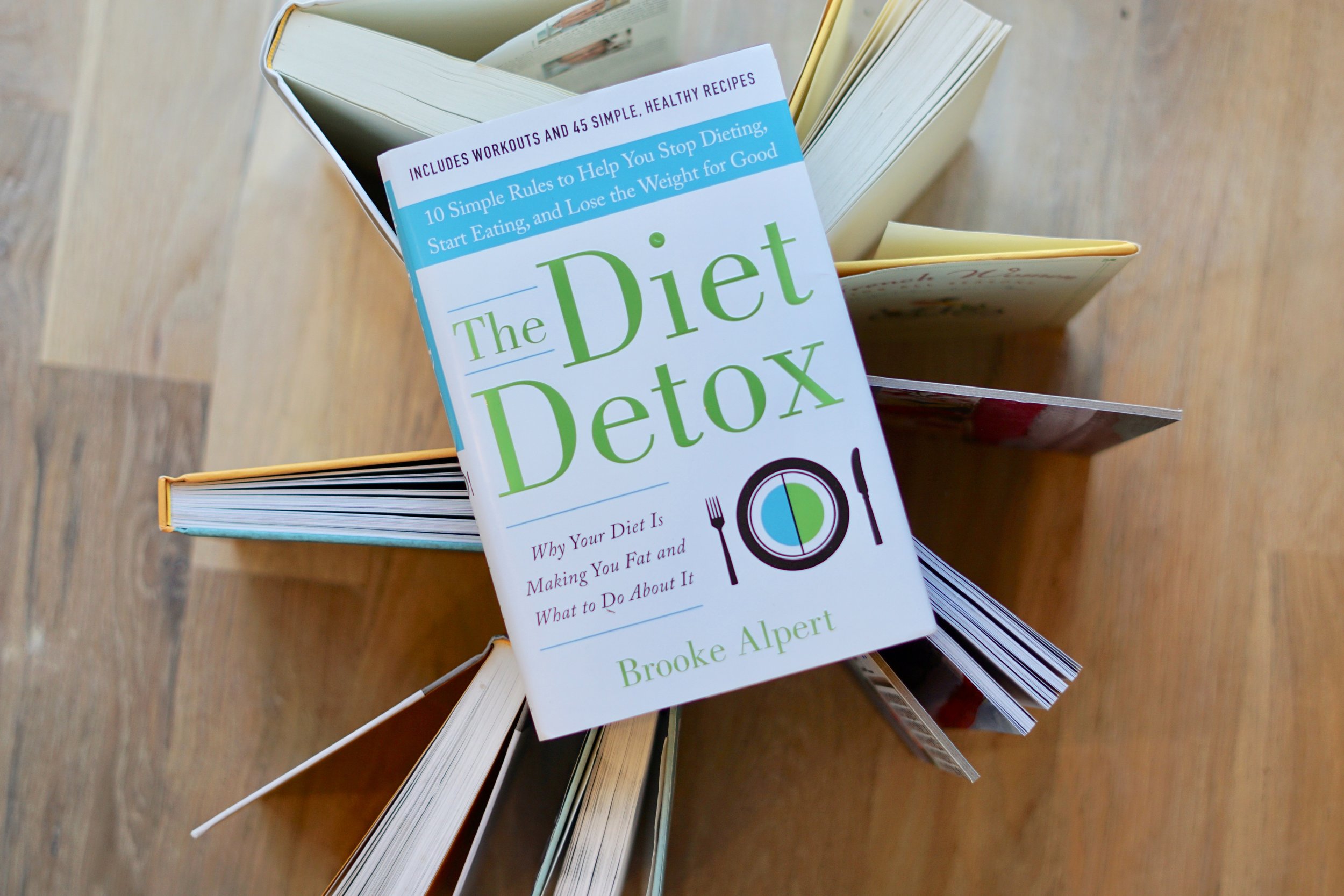The Keto Diet
by NICOLE CLARKE
What if there was a way you could eat bacon every morning for breakfast and still lose weight? The Keto Diet, or Ketogenic Diet, is essentially a high-fat, low-carb diet that allows you to do just that [1]. On this diet, people tend to switch out their carbohydrates and replace them with fatty foods. While this may sound super appealing—eating fatty foods and losing weight—you have to read the fine print. This does not mean eating burgers and fries for every meal, but rather avocado, olive oil, and fatty fish like salmon.
What It Does
Glucose is the body’s primary source of energy, and on a regular or high-carb diet, the body burns the carbohydrates for energy, storing the fats you eat. The theory behind the Keto diet is that by eating little to no carbs and instead, switching to a fat-based diet, your body will train itself to metabolize the fats you eat as well. This state is called Ketosis and it is the metabolic process the body switches to when you do not have enough access to carbohydrates. In this process, the body burns fats, resulting in a buildup of acids called ketones, the byproducts of fatty acid breakdown.
Essentially, the diet helps you burn your own stored fat. And while it may seem crazy to try to put your body into starvation mode, you are starving your body not of food or calories, but simply of carbohydrates. Therefore, it may perhaps be a healthier alternative to caloric restriction and fasting. This was supported by a 2003 study, which showed that as opposed to participants with a 30% caloric deficiency, those on the low-carb Keto diet reported improved short term weight loss and lower cardiovascular risk [3].
Several people trying to lose weight have tried this diet for its health and physical benefits. Studies have even shown that this diet has been shown to benefit people with diabetes. A 2005 study found that diabetic individuals on this diet reported improved glucose profiles and insulin sensitivity. [4]. Another 2005 study shows that over a 16 week program following the Keto diet, diabetes patients were able to stop their diabetes medications altogether [5].
Different Types of Keto Diets
Standard Ketogenic Diet: This diet maintains that you eat the minimum amount of carbs possible, totaling 20-50 g of carbs per day.
Traditional Keto Diet: On this version, you eat carbs prior to working out (roughly 30 minutes to 1 hour), but you still total 20-50 g per day. By doing this, the carbs eaten before you exercise are actually burned during your workout, ensuring you do not exceed the carb limit or lose the progress of your Ketosis. After the workout, make sure to eat a high protein, low fat meal.
Cycling Keto Diet: This approach involves alternating between high-carb and keto diets every 24-48 hours. This method, however, is mainly used for bodybuilders who are trying to lose fat and build mass at the same time. It is not recommended.
Restricted Keto Diet: This method is commonly used for cancer patients. This therapeutic form of the diet helps fight cancer cells because the ketones your body makes are useful energy for healthy cells, not cancer cells.[8]
What To Eat
So, if you are considering starting the Keto Diet, you might be wondering what you should and should not eat. Here’s a breakdown of some foods that you might want to try when attempting this diet. Make sure to check out this list objectively: these are all suggestions and are by no means requirements of this diet. Pick and choose what works for you.
Things to try:
Meat: Red meat like steak, as well as bacon, chicken, etc.
Fish: Fatty fish like salmon, tuna, trout, and mackerel.
Butter/cream/cheese: Unprocessed cheese and grass fed dairy products
Eggs: Omega-3 whole eggs
Oils: Olive oil, avocado oil (and avocados whole), coconut oil.
Nuts: Almonds, pumpkin seeds, etc.
Vegetables: Greens, tomatoes, onions, etc.
Why It's Controversial
The Keto Diet, while praised by many, also has several controversial aspects. For younger people trying this diet, the lack of carbohydrates can result in growth retardation and inhibition of weight gain. Furthermore, there is sometimes a misconception that by following a ketogenic, high-fat diet, individuals can thus maintain a high protein diet. This is due to the fact that when people do not eat as many carbs, they often turn to eating more proteins as a substitute. This view can have dangerous and serious effects. This could impair kidney function because too much dietary protein could increase levels of nitrogen in the body, which requires hyperfiltration, a process by which the kidneys would need to work overtime in order to maintain healthy levels of nitrogen in the body. [6]
Another controversial issue regarding Ketosis is the excess of ketones, which are acidic. This acidosis leads to electrolyte imbalance, and can affect the brain. Having too many ketones in the body can have adverse effects. These range from simple things like fatigue, nausea, and stomach pain to life threatening issues like brain swelling, coma, and even death [7]. These effects only occur at extremely high levels of ketones, and the latter effects are not really associated with the Ketogenic Diet but rather an excess of ketones as a result of diabetes and other illnesses.
Bottom Line
The keto diet has several benefits and has worked for many people. Along with these perceived benefits, there are several effects that may be harmful in the long run. More research needs to be done to ensure that this diet is safe; however, current studies have demonstrated a beneficial outlook on the Keto Diet in the short term. Make sure to be cautious when considering your options for dieting, and always remember that the key to a healthy lifestyle is a combination of mindfulness, diet, and exercise. Proceed with this diet with caution, and make sure you do your research before you begin this low carb, high fat diet.
References
“What is a Keto Diet?” ruled.me. (2018).
“The Ketogenic Diet 101: A Detailed Beginner's Guide” healthline.com. (2017).
“A randomized trial comparing a very low carbohydrate diet and a calorie-restricted low fat diet on body weight and cardiovascular risk factors in healthy women.” J Clin Endocrinol Metab. (2003).
“Effect of a low-carbohydrate diet on appetite, blood glucose levels, and insulin resistance in obese patients with type 2 diabetes.” Ann Intern Med. (2005).
“A low-carbohydrate, ketogenic diet to treat type 2 diabetes.” Nutr Metab (Lond). (2005).
“Ketosis Controversy.” news-medical.net. (2014).
“Checking Ketone Level.” healthline.com. (2017).
“Types of Ketogenic Diets (SKD, TKD & CKD) and the KetoDiet Approach.” ketodietapp.com. (2013).











